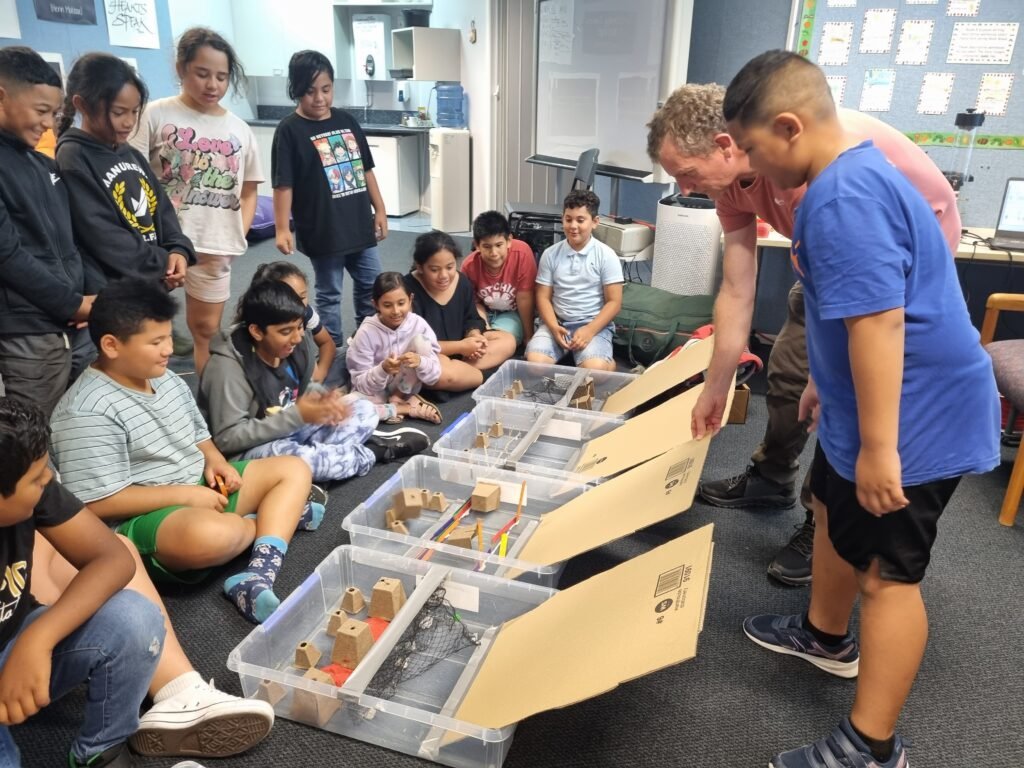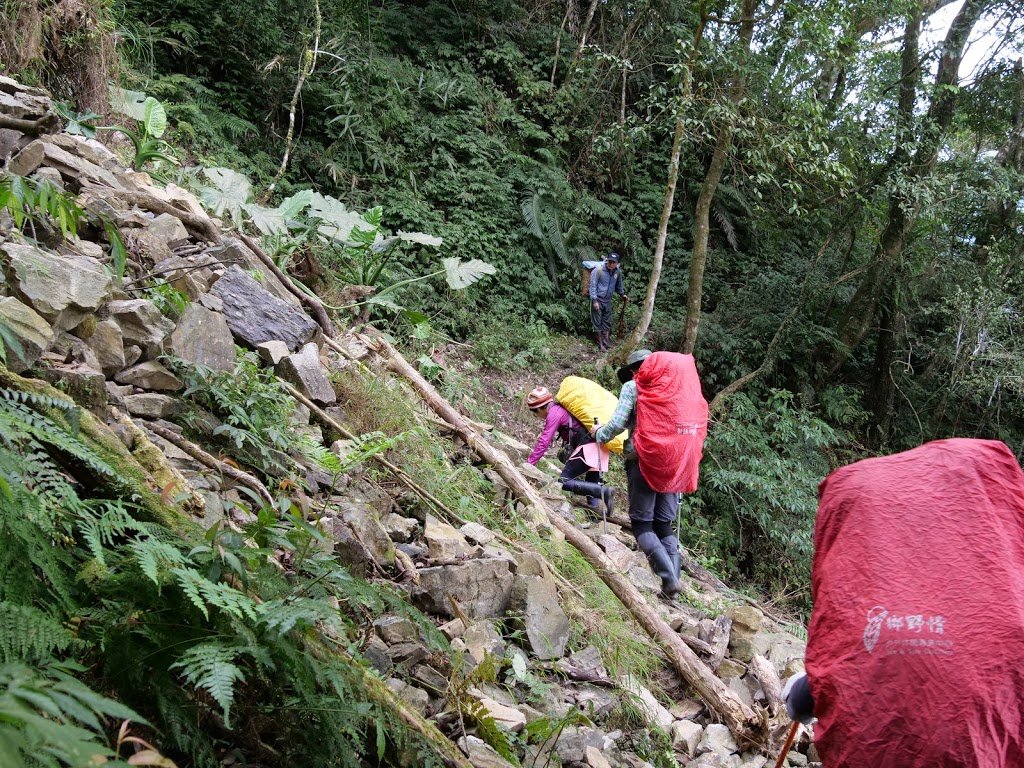Getting Started with Science Communication
Getting Started with Science Communication If you are wanting to get started with science communication you can think of it as a three step process. The first step involves weighing up your various choices about who you want to reach, the topic you want to focus on and the ways you hope to communicate about […]
Getting Started with Science Communication Read More »










